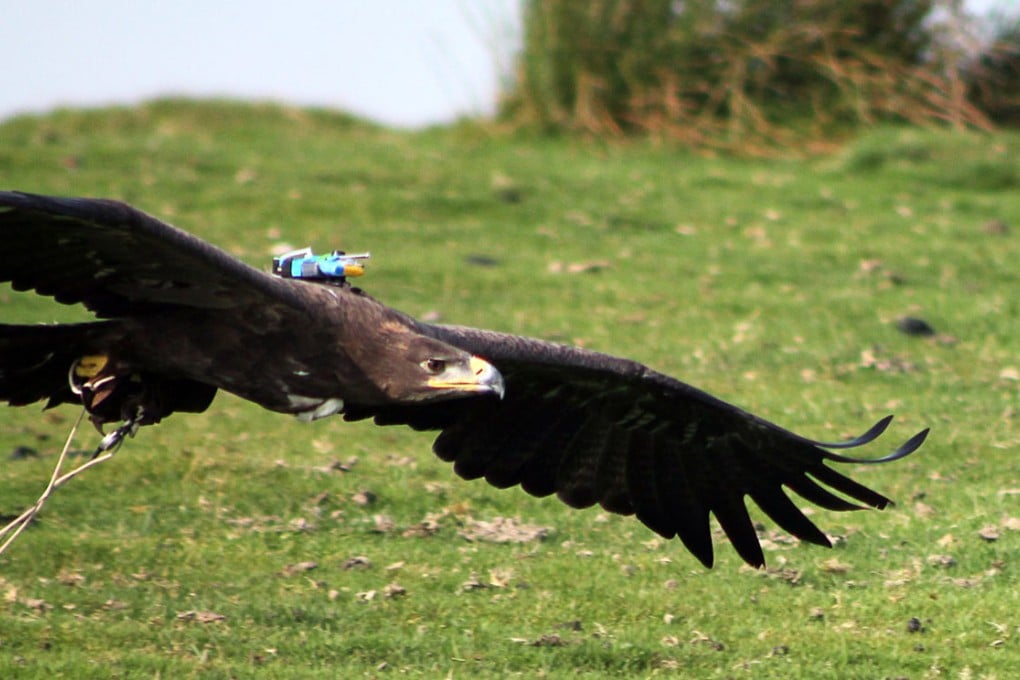Short Science, October 19, 2014
Soaring eagles tuck in their wings when encountering turbulence to avoid damaging their muscles, scientists suggested.

Soaring eagles tuck in their wings when encountering turbulence to avoid damaging their muscles, scientists suggested. Zoologists at Britain's Oxford University attached a tiny "black box" flight recorder to a captive steppe eagle. Data from 45 flights showed that when the bird was tossed upwards by a gust, it responded by briefly lowering its wings, below its body. The manoeuvre caused the eagle to dive, reducing the aerodynamic load on its wings. AFP
Kangaroos hop, right? Not all of them. Scientists have said a biomechanical and statistical analysis of fossil bones of a group of huge extinct kangaroos shows that the largest of the bunch in all likelihood could not hop as their modern-day relatives do. Rather, they walked on two legs similar to humans. The study focused on a group of big-bodied, short-faced kangaroos called sthenurines that lived in Australia from about 13 million years ago until about 30,000 years ago. Reuters
